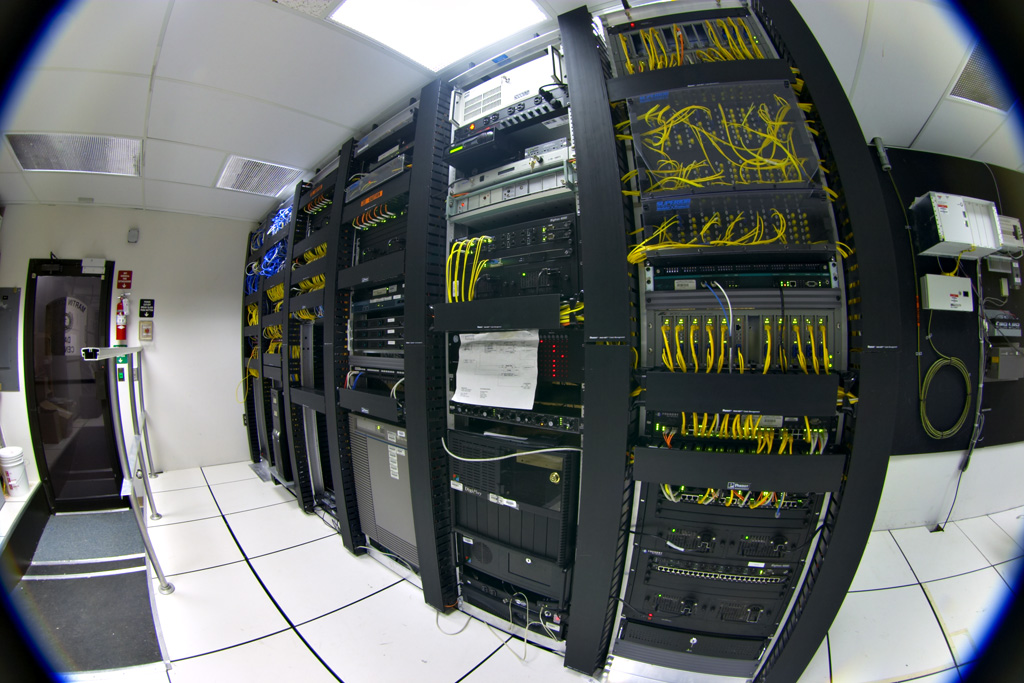Where did all the silence go?
I sit on a bus/train and 66% of the people are on their phones, oblivious to the unwelcome intrusion they exercise by belting out details of their mundane lives on top of the stoppage announcements in the vehicle. I don't want to know about your latest crush in school. I also don't need to know what was so shocking in your friend's day that made your entire conversation a recurring series of "No!" and "Really?" and an occasional "Wow!".
I don't understand why everyone doesn't have their phones on vibrate? Making a personal statement via your ring tone? What a depressing death of all known modes of creativity.
My tolerance is also abysmal for the leaky standard iPod earphones.
Psychiatrically speaking though, I wonder if there is something seriously dysfunctional about a world where people cannot wait to actually get home to have a decent conversation with the spouse. They have to get it out of the way while being Publicly transported. I know I am making a prejudiced differentiation between a phone conversation and sitting down with a book. When you think about it, they are not that different. Except for the intrusion aspect, I guess. Rare would be that annoyance that comes off a nicely creased spine, yellowed cover pages of a Penguin Classic. I am prejudiced.
Where did all the Marketing sense go?
A popular consumer opinion website recently ran a survey asking users to comment on which advertisements were annoying them the most. Not surprisingly, with a resounding majority (more than 7000 votes!) the obnoxious winner is everyone's most hated moustached man on Go Compare.
Perhaps, being annoying and loud = memorable = better product recall = effective advertising? Unfortunately not. Amongst the hundreds of blog posts, comments, websites dedicated exclusively to shred any claims of the advertising merit of this promotion, there is no indication whatsoever of any likelihood of using the product based on this campaign.
Let's bring Psychology in
In fact research by Douglas, Kellaris, Cox and Cox and several others suggests that advertisements without music performed better on recall and recognition measures than ads with music.
Therefore even though I wonder if this loud and pointless Promo may perhaps result in the downfall of the product in question, I'd be maligning the scientific method, if I were to say that the usage of the product has or may have suffered due to this marketing fiasco. I would need empirical evidence for that particular website usage over the past few months in order to say that.
Let's check some figures: Market share as on Dec 2009 compared to Dec 2008
1. Moneysupermarket.com 18.97 per cent (-4.3 per cent),
2. GoCompare.com 6.89 per cent (+0.72 per cent),
3. Confused.com 4.23 per cent (+0.5 per cent),
4. Comparethemarket.com 3.32 per cent (+1.93 per cent)
It appears that biggest rising star is the friendly Russian Meerkat.
Check the Google Trends report for usage of some websites.

I'll post in another 2 months with more data to corroborate my tentative hypothesis. Right now the rising trend is too small for me to discard my hypothesis and the advertisement is too awful for me to give up moaning about it.
References:
1. Market share data from business.scotsman.com.
http://business.scotsman.com/medialeisure/-Terry-Murden-looks-at.5988705.jp
2. Trends data from Google
3. Douglas, Olsen G, Creating the contrast: the influence of silence and background music on recall and attribute importance. Journal of Advertising (2005)
 Some things are best not explicated in words. The highest free fall in the world at the mercy of an elastic band, in a foreign country may perhaps fall in that category. I'll therefore trust the video and some pictures of the jump to illustrate the sheer terror factor of this undertaking.
Some things are best not explicated in words. The highest free fall in the world at the mercy of an elastic band, in a foreign country may perhaps fall in that category. I'll therefore trust the video and some pictures of the jump to illustrate the sheer terror factor of this undertaking.
















 72 lovely cockroaches were recruited to run on a race track of sorts (easy) as well as in a maze (difficult).
72 lovely cockroaches were recruited to run on a race track of sorts (easy) as well as in a maze (difficult). 